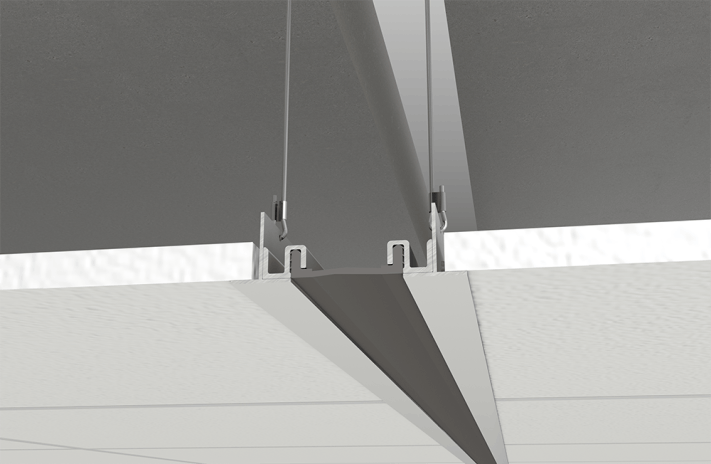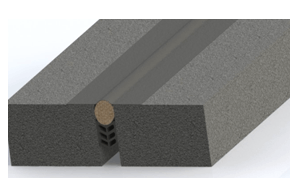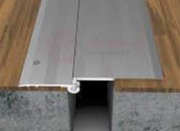
Floor To Floor
Hercules floor to floor joints are aluminium extruded joints suitable for floor to floor locations, floor to wall. Other provisions are also available depending upon the location of the gap such as landscape area, traffic and non traffic areas. Combination floor joints are employed to accommodate large movements.
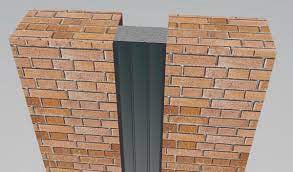
Wall to Wall
Hercules wall to wall joints are aluminium extruded joints suitable for wall to wall, wall to roof and wall to wall corner locations.
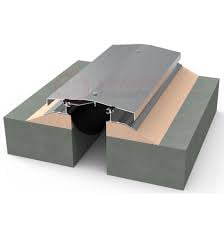
Roof Joint
Hercules roof to roof joints are aluminium extruded joints suitable for roof to roof, roof to wall corner locations.
